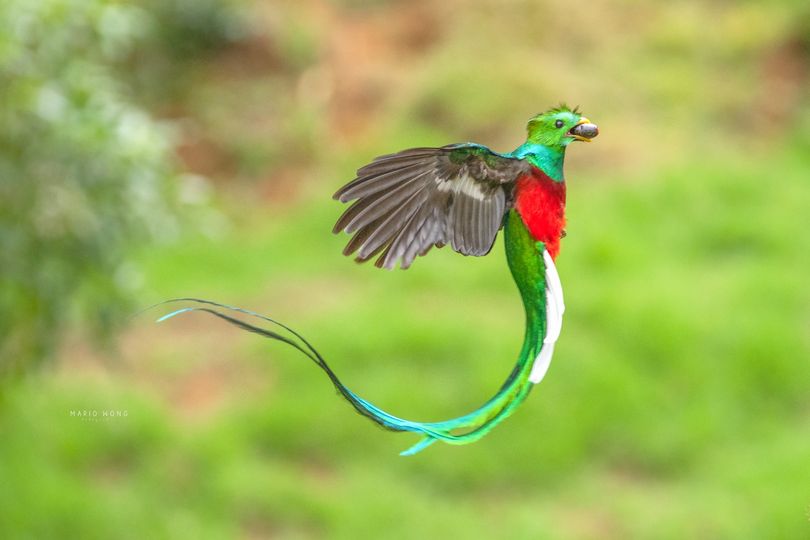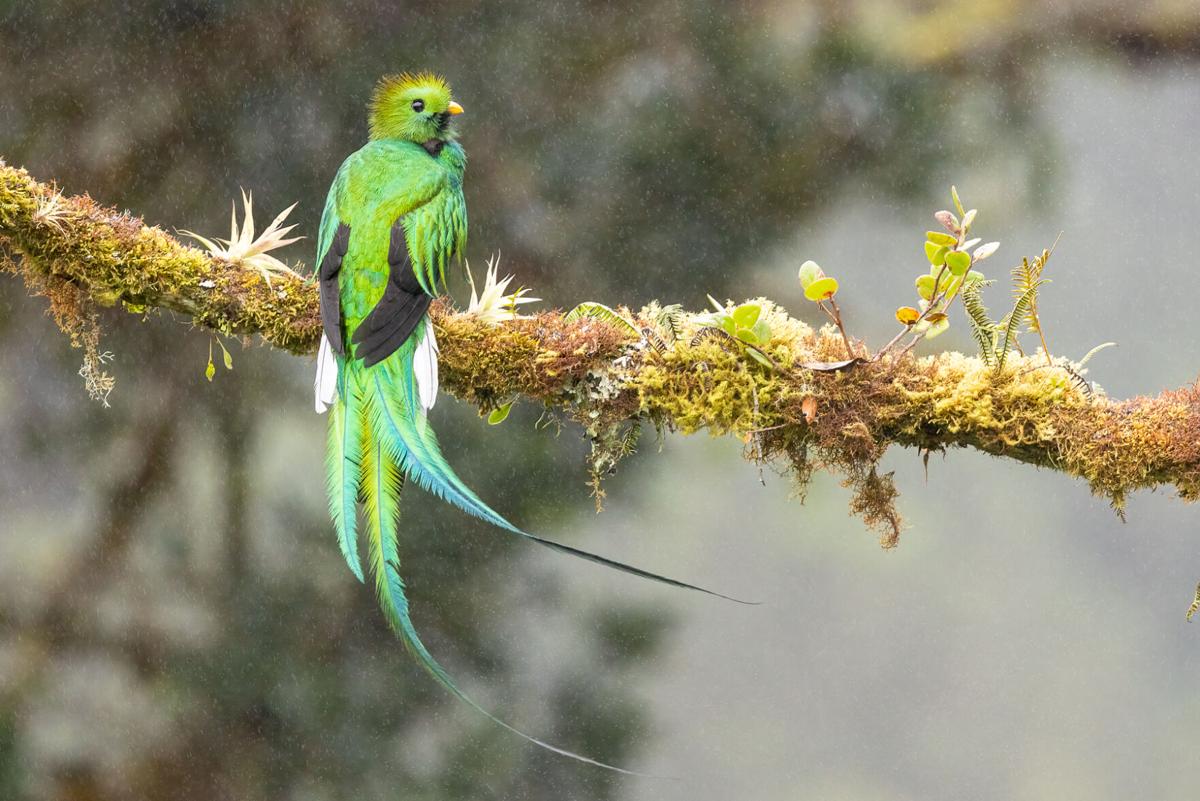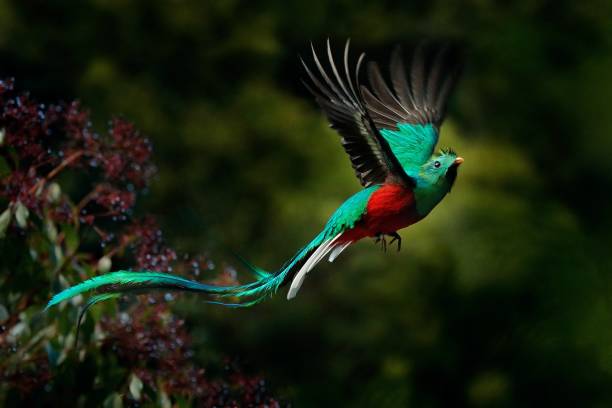The Resplendent Quetzal: The Enchanting Beauty of Central America’s Jewel Bird
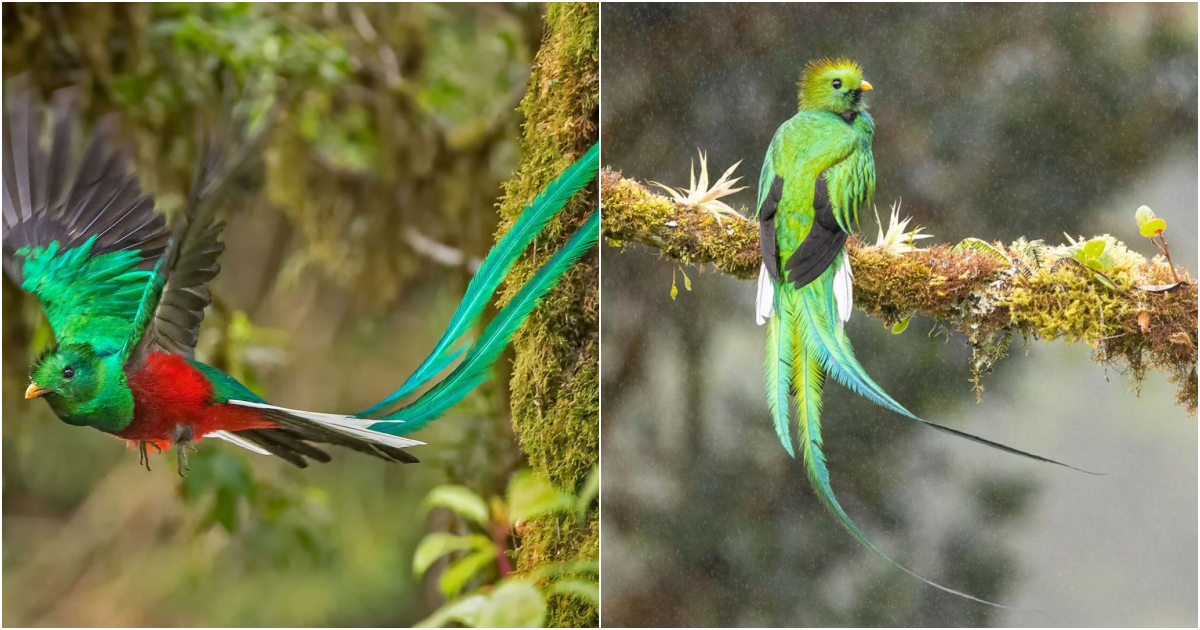
The Resplendent Quetzal (Pharomachrus mocinno) is a stunning bird native to the cloud forests of Central America, particularly found in countries such as Costa Rica and Guatemala. Known for its vibrant plumage and remarkable tail feathers, the Quetzal holds great cultural and historical significance in the region.

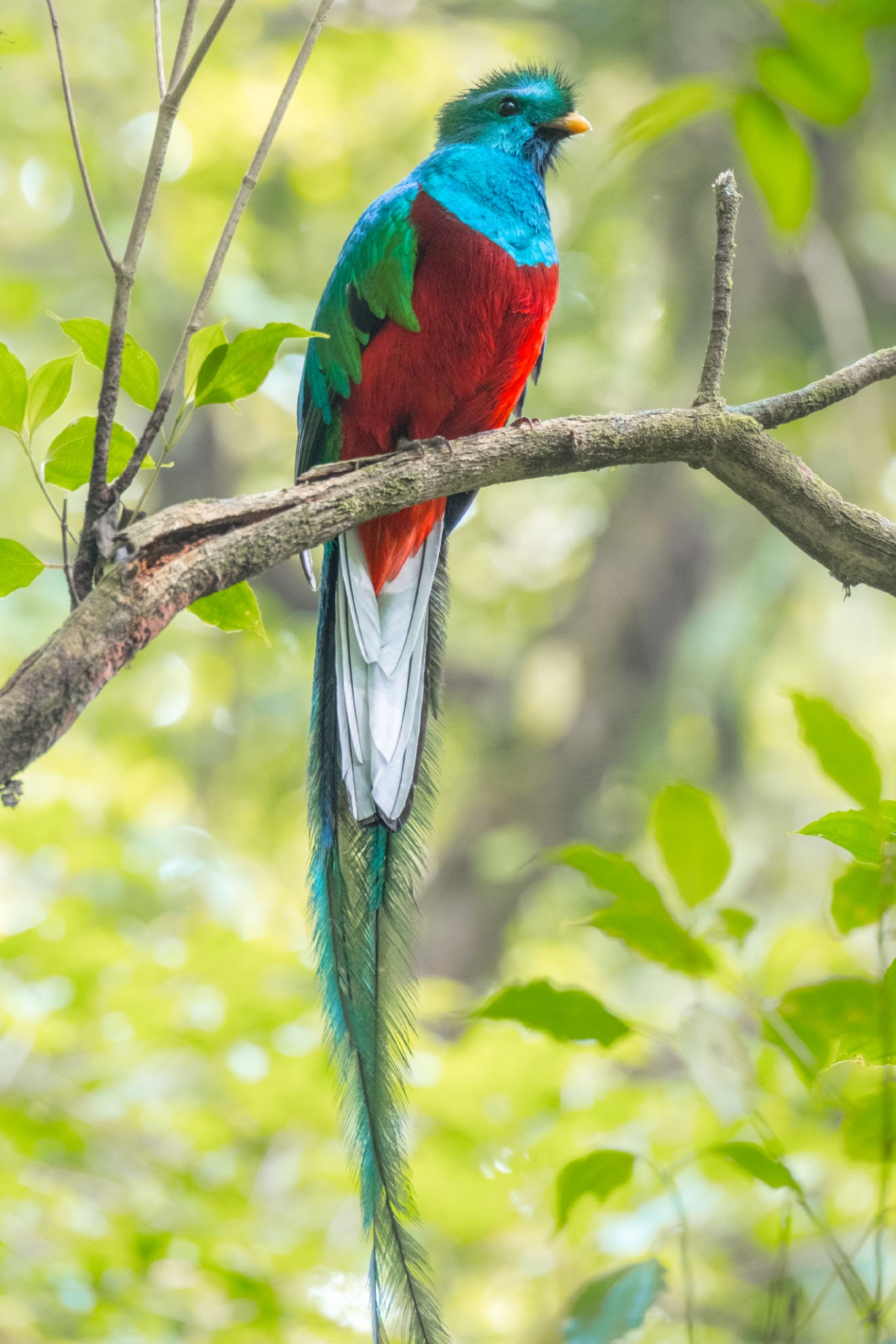 Living predominantly in the dense montane forests, the Resplendent Quetzal is well-adapted to this habitat. It prefers altitudes ranging from 1,200 to 3,000 meters above sea level, where it can find an abundance of fruit-bearing trees, its primary food source. The Quetzal’s diet consists of various fruits, berries, insects, and small vertebrates. It plays a vital role in seed dispersal, contributing to the forest’s ecological balance.
Living predominantly in the dense montane forests, the Resplendent Quetzal is well-adapted to this habitat. It prefers altitudes ranging from 1,200 to 3,000 meters above sea level, where it can find an abundance of fruit-bearing trees, its primary food source. The Quetzal’s diet consists of various fruits, berries, insects, and small vertebrates. It plays a vital role in seed dispersal, contributing to the forest’s ecological balance.
Breeding season for the Resplendent Quetzal typically occurs from February to June. During this time, the males engage in elaborate courtship displays to attract a mate. They perform acrobatic flight maneuvers, showcasing their stunning plumage and tail feathers. Once a pair has formed, they work together to construct a nest in a tree cavity or a decaying tree trunk. The female lays two or three eggs, and both parents take turns incubating them for approximately 18 to 19 days.
Due to its unique beauty and cultural significance, the Quetzal has been revered by indigenous cultures in Central America for centuries. It holds a special place in Mesoamerican mythology and is often associated with various deities. The feathers of the Quetzal were highly prized by ancient civilizations, and they were used to create elaborate headdresses and ceremonial garments.
Despite its revered status, the Resplendent Quetzal faces several conservation challenges. Deforestation and habitat loss due to agricultural expansion are significant threats to its survival. Additionally, illegal hunting and capture for the exotic pet trade have impacted Quetzal populations. Conservation efforts and protected areas have been established to safeguard their habitat and raise awareness about the importance of preserving this magnificent bird.
In conclusion, the Resplendent Quetzal, with its vibrant plumage and extraordinary tail feathers, captivates observers in the cloud forests of Central America. This iconic bird holds cultural significance and serves as a reminder of the importance of preserving our natural heritage. Efforts to protect its habitat are essential for the continued survival and beauty of the Resplendent Quetzal.
